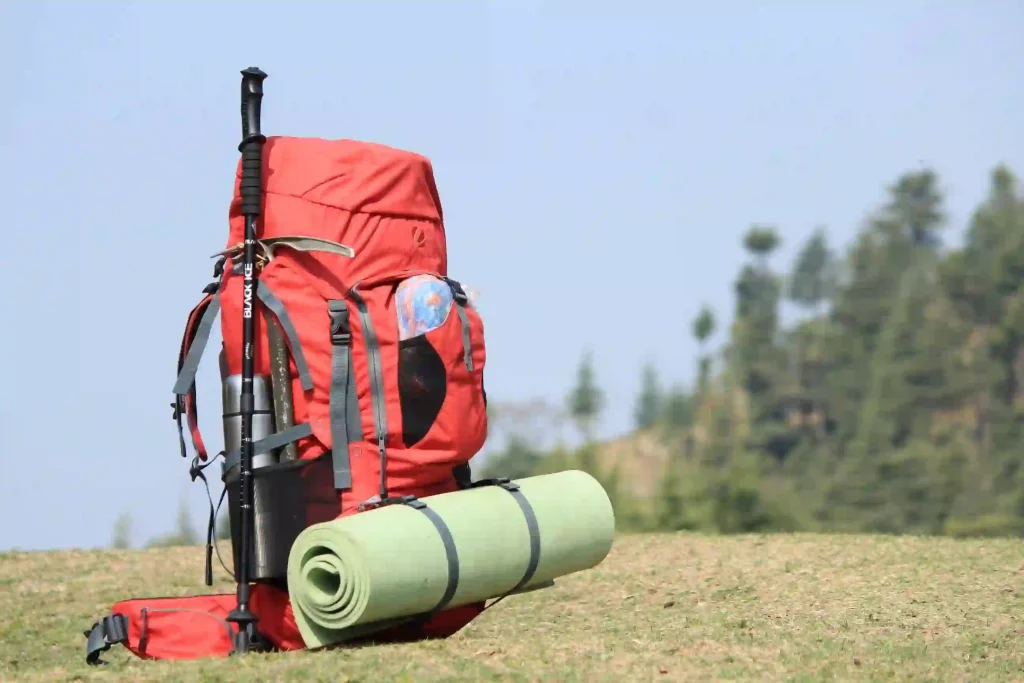A bugout bag is a small emergency kit that you can grab and go at a moment’s notice. It should have enough supplies to last you 72 hours.
The items you pack will vary based on your needs and climate. It’s important that the bag is lightweight and you can feasibly carry it on your back.
Water
A bug out bag (also known as a 72-hour kit, grab bag, battle box, personal emergency relocation kit or GOOD bag) houses everything you need to survive for up to 72 hours during a disaster or other crisis. The 72-hour requirement comes from the fact that humans cannot live for more than 72 hours without water.
You should have a supply of water in your bug out bag to ensure you have enough to drink. Water bottles are ideal, but you should also include a small water filter or purifier in your bug out bag to make sure your water is safe to drink.
A trowel is a useful tool to have in your bug out bag to allow you to dig and bury any solid waste you might create in a survival situation. You should also include hand sanitizer and wet wipes in your bug out bag to help keep you and your family clean in case you are not able to access soap and water during a crisis. You should also consider including face masks in your bug out bag to protect you from germs that might be passed around during a disaster or pandemic.
Food
Food is the fuel that keeps you going in a survival situation. If you don’t have enough to eat, you can quickly become dehydrated and weak which will limit your ability to survive.
Dried fruit is a great option because it’s high in sugar and calories which will give you energy. Raisins, bananas and apricots are all good choices. You could also include some dried vegetables like carrots and peas. You can find these at most grocery stores.
Freeze-dried foods are a great choice because they are light, have a long shelf life and can be eaten right out of the bag. Try out some different brands to see which ones you like best.
Other options include processed meats like tuna, chicken or the prepper staple, Spam. Also consider bringing some hard candy to satisfy your sweet tooth and provide a boost of energy. A few snack packs of nuts will also be a good addition because they are high in protein. Don’t forget a small can opener, utensils and some cooking supplies. You should also pack a lighter and some tinder to ignite your fire.
Shelter
During an emergency, creature comforts need to take a back seat. You need to pack supplies that are important for survival and can be used in a variety of situations. You should also consider the location you will be bugging out to and the weather conditions there.
For example, you will want to include a tent, sleeping bag and tarp for shelter and protection against the elements. You should also include gloves and a balaclava to protect yourself from the cold. In addition, it’s a good idea to pack thermal blankets and hand warmers that can help preserve body heat and keep you warm.
You will also want to include some fire starters. In addition to classic matches, you can add a lighter, flint and steel striker to your bug out bag. Having these tools will give you more options to start a fire and keep it going even in rainy weather. You should also carry a waterproof bag to store valuables and irreplaceable items like family photos. This will ensure that they are protected in case the worst happens and you have to leave your home quickly.
Tools
A bug out bag needs to have enough supplies to get you through the first 72 hours until help arrives. To do this, it must be light and versatile to make it easier for you to travel long distances.
Having the right tools in your Best bugout bags can help you to create shelter and protect yourself from the elements. Items such as duct tape, a small knife, and a multi-tool are essential. A portable sewing kit will also come in handy in case your tent or other clothing gets ripped during an emergency. Hand sanitizer and wet wipes will help you stay clean if soap and water aren’t available.
Other useful tools to consider include a flashlight, a small fire starter, and a compass. A compass is especially important since it won’t need signals or electricity to function. A map will also be helpful if you are unfamiliar with your area in the event of an emergency. Finally, a whistle will alert others to your location and is a good addition to any bugout bag.
First Aid
The first aid kit should be an essential component of your bugout bag. It should include basic first-aid items, including bandages, salves, and medical tape. This will help you treat minor injuries and wounds until you can get to a hospital.
You should also have a small supply of hand sanitizer and wet wipes in your bag. These will come in handy to keep your hands clean in case there’s no running water available. In addition, you should have protective face masks to prevent spreading germs if there’s a large-scale pandemic.
You should also include a map in your bugout bag so you know where to go when you need to evacuate. You can also pack a compass, which will help you navigate without the need for signals or electricity. Lastly, you should include a trowel so you can dig a hole and bury your waste in case you don’t have access to an emergency toilet.
